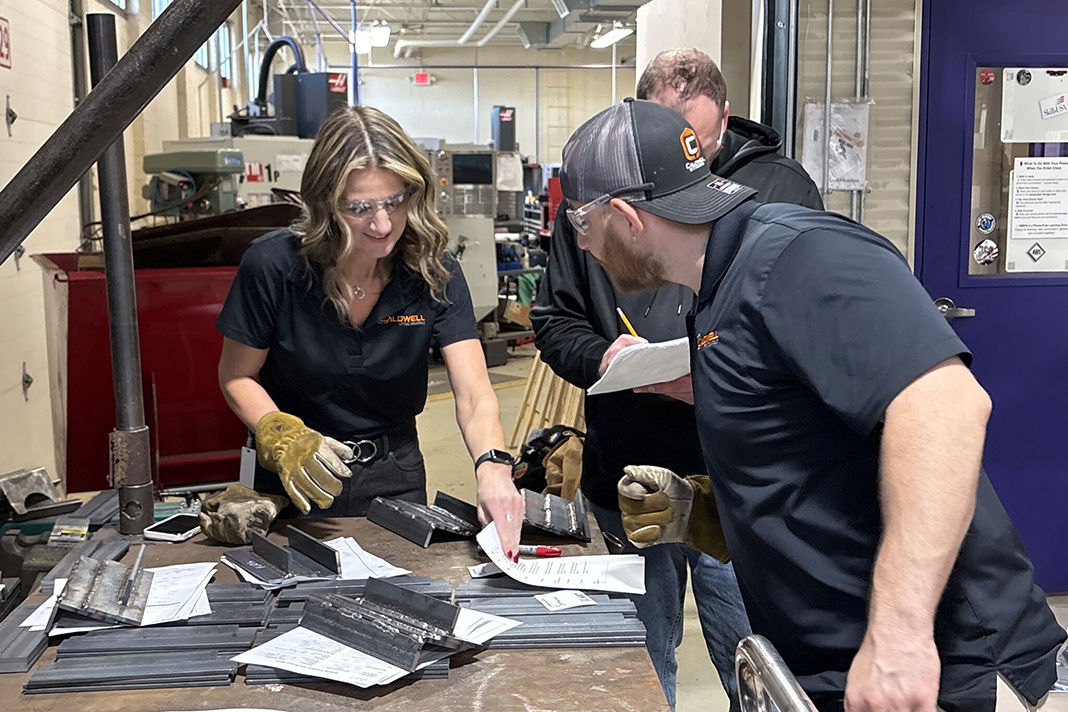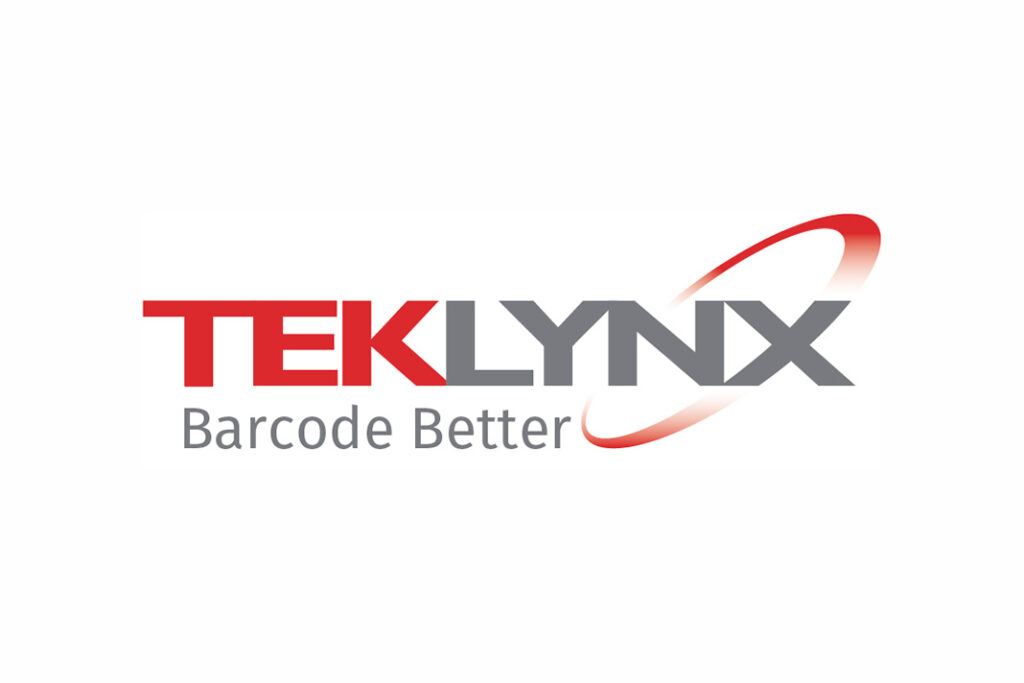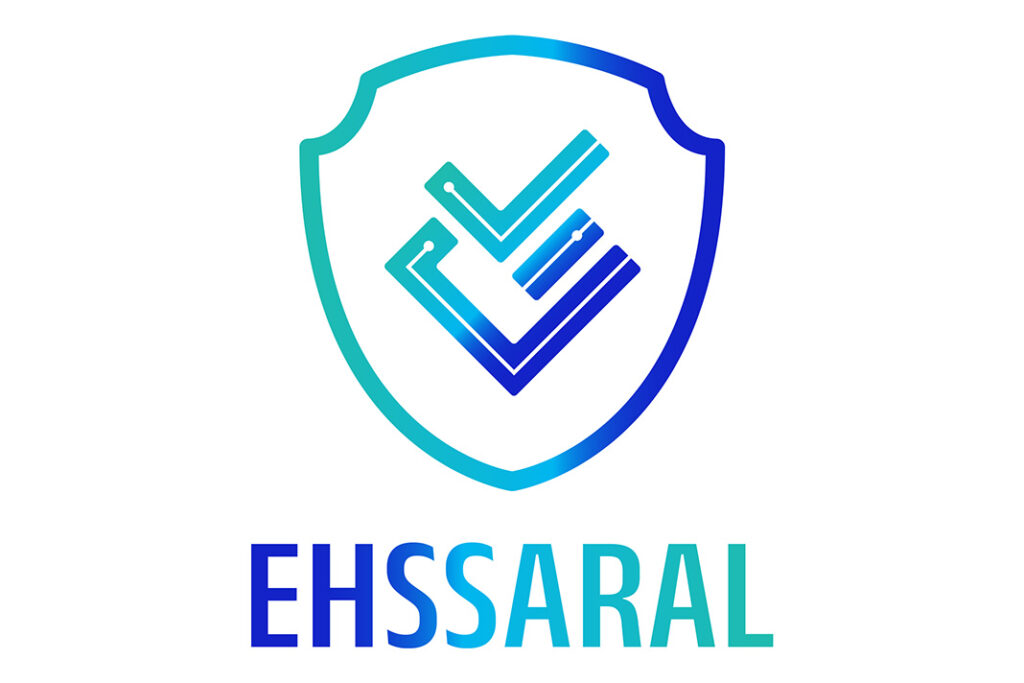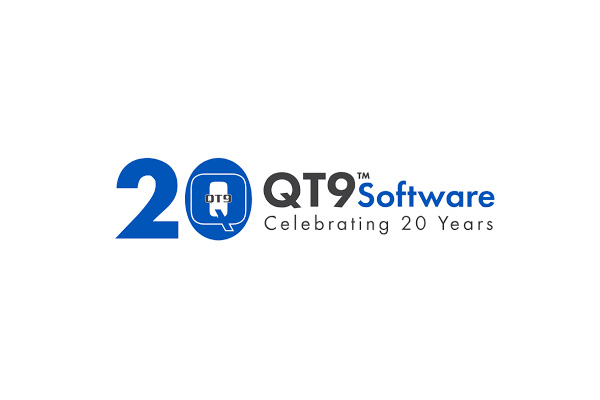Volume 20 | Issue 4
Reinvented state looks to talented workforce to attract, grow business.
Click here to read the complete illustrated article as originally published or scroll down to read the text article.
To know how far Michigan has come, you have to consider where it was a decade ago. The state suffered with the highest employment rate in the nation, losing employers and residents to other places.
Today, Michigan is a state reinvented, with unemployment at a 17-year low and below the national average. Under Gov. Rick Snyder, we’ve gained more than a half-million private payroll jobs since December 2010. That’s among the greatest gains in the nation, and the leader in manufacturing jobs. We have a business climate that is helping employers grow and thrive – and bringing new businesses to our state every day.
As proud as we are of the progress we’ve made, we know that we have to keep our foot on the accelerator. There is more to do.
I hear a common concern as I talk to employers from one end of Michigan to the other; they are struggling to find people with in-demand skills to fill openings. That’s why we’re focused on Michigan becoming the No. 1 state in the nation for developing and attracting talent.
It’s clear, the state that best closes the talent gap will have a great advantage when employers look- to locate or expand here, creating more and better jobs across the state. Site selectors continue to echo that message.
It’s a competitive market in the fight to win the bid for talent. Michigan is upping its game when it comes to promoting its wide array of opportunities to start and grow a career in the state. Michigan can’t afford to idly standby, and it’s not.
At the Governor’s direction, we are taking a comprehensive approach to growing talent among both students and adults, addressing the challenges of today and tomorrow.
The Michigan Career Pathways Alliance
The state’s talent gap stems, in part, from a career awareness gap. Too often, our young people are unaware of various pathways that lead to rewarding and lifelong careers in Michigan with good-paying wages. The ever-growing alliance was established in late June with an eye on promoting and elevating all pathways to great careers in Michigan – including those in the Professional Trades.
We’re working with employers, educators, unions and other stakeholders to help students become aware, early on, of what opportunities are out there and what training they need to get those jobs. With the state Education Department and our partners in the Legislature, we’re focused on helping schools get the resources they need to strengthen career technical education classes and improve access to counselors.
These efforts include:
- Creating an extensive career exploration class before students begin to select their elective classes in high school.
- Expanding career technical education programs statewide.
- Establishing flexibility within the state’s curriculum to provide an opportunity for schools to integrate curriculum requirements with career programs, like geometry and carpentry, and allow computer science as a foreign language.
- Enhancing career counseling to help students explore career pathways, be it an apprenticeship, community college, specialized certification course or a four-year university.
We’re not downplaying going to college and getting a four-year degree. We are, however, “up-playing” the other paths to great jobs because we want everyone to be able to embrace the opportunities that exist now – and will long into the future.
We’re also developing the Education and Michigan Career Pathfinder, an online career exploration tool that will help students and job-seekers make informed decisions.
The site will provide real-time, value-added content for return on investment information using current labor market information and other data and metrics, allowing for better decision making and improved matching of a person’s skills to career paths and jobs.
Apprenticeships
According to the U.S. Department of Labor, there are 6.2 million jobs available in the U.S. today. Nearly 100,000 of those are available in Michigan and require some sort of post-secondary education like an apprenticeship program.
Today, Michigan is eighth in the nation with more than 900 registered apprenticeship programs and 14,000-plus participating apprentices. We’re looking to lead the nation, and are focused on expanding apprenticeships to non-traditional industries and under-served populations.
U.S. Labor Secretary Alexander Acosta in August visited Michigan to learn more about innovative approaches to apprenticeships. He visited a medical assistant apprenticeship program in the Grand Rapids area, a collaborative effort between three community colleges and four large healthcare providers and the state’s Michigan Works! program. The effort, entering its second year, has a 95 percent placement rate.
The Michigan Advanced Technician Training program is another innovative and industry-defined approach to education. While manufacturing and technology companies are experienc ing a shortage of employees with the knowledge and skills in place to operate and maintain new systems-based equipment, the MAT2 program is designed to help these companies grow their own employees and ensure a future pipeline of qualified talent.
Furthering the state’s mission to narrowing the talent gap, each of the 16 Michigan Works! locations have added apprenticeship success coordinators whose mission is to help grow registered apprenticeship programs across the state by collaborating with employers and educators from Detroit to Marquette, and everywhere in-between.
These programs are proven pathways into good-paying and rewarding careers in Michigan, allowing residents to gain in-demand skills without accumulating college debt.
Going PRO in Michigan
Too many people have outdated perceptions of the Professional Trades. We’re shattering stereotypes of dirty jobs performed almost exclusively by men and elevating the Professional Trades among students and those who influence them. These are good-paying – and increasingly highskilled and high-tech – careers that are in great demand.
We know the future belongs to the skilled. And as Michigan and its economy continue to grow, the Professional Trades men and women will be the ones to continue pushing our state forward.
Jobs in the Professional Trades are expected to grow to more than 500,000 by 2024, adding 15,000 new jobs annual during that period.
The Skilled Trades Training Fund
We also know that many people are going to need new training at various points in their careers. Technology has made the pace of change so dramatically fast that people will need to be committed to lifelong learning to keep up with new skills for new jobs.
Gov. Snyder’s Skilled Trades Training Fund helps employers develop the talent they need to fill thousands of available jobs, or give current employees new skills to retain jobs. The 2018 budget has $29.4 million for the grants, up from $17.3 million the year before, a significant increase.
This is the fourth year of the program, with more than 10,000 jobs created and about 36,000 employees getting new skills to retain their jobs.
The Skilled Trades Training Fund is an effort to help residents gain those new skills, keep their jobs and help their families stay rooted in their communities.
While we know these aren’t the only means for building a robust talent pipeline ready to fill the jobs of today and tomorrow, they are a strong start that gets at the root of our talent gap issue.
Talent development strategies will continuously change and adapt to the economy’s needs and it is vital states around the nation adapt with the changing needs. And one thing we do know is that education, talent training and talent attraction programs will always be at the foundation of a well-rounded and healthy talent pipeline – and that Michigan intends to lead the way.
Roger Curtis is director of the Michigan Department of Talent and Economic Development, and is charged with making sure its four member agencies work seamlessly to develop talent and sustain Michigan’s economic growth. “TED” includes the Michigan Economic Development Corporation, the Michigan State Housing Development Authority, the Talent Investment Agency and the Michigan Land Bank. Gov. Rick Snyder appointed Curtis to the job in November 2016, and since then he has toured the state, talking with educators, businesses leaders and community leaders. With passion and energy, he is working to make Michigan a national leader in developing talent.


































